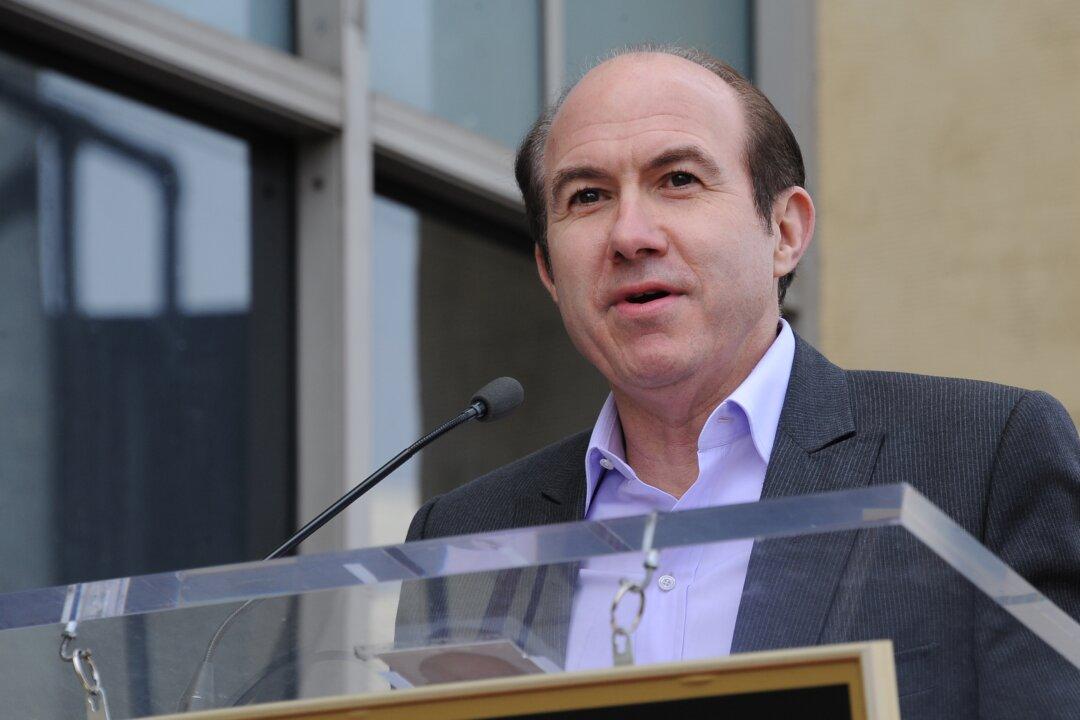Ad sales and the Brad Pitt movie “World War Z” helped boost Viacom Inc.’s profits 24 percent in its fourth quarter.
Viacom’s film studio Paramount Pictures reported an operating income increase of 49 percent to $291 million.
Paramount
“World War Z,” released in June, is the studio’s second highest grossing film this year following “Star Trek Into Darkness.” But while it grossed over half a billion, the picture took $190 million to make, and Paramount had a challenging year. Last month, the studio laid off 110 employees.
However, CEO Philippe Dauman was optimistic about Paramount’s recent films including the comedy “Bad Grandpa.”
“We feel that we are going to have a very solid year at Paramount,” Dauman said on the Thursday morning call. “We are very excited about Paramount’s 2014 slate.”
Cable Ad Growth
Viacom’s strongest division is still cable TV, where revenue was up 7 percent to nearly $2.5 billion.
Total network advertising was up 10 percent, surprising analysts. The growth came from all networks instead of just a select few, including Nickelodeon, MTV, and Comedy Central, due to strong ratings.
Ratings Up
Earlier this year, Viacom had struggled with ratings and reorganized its programming lineup at various networks. As ratings rose, advertising followed suit.
The more recent trend of strong ratings has benefitted Viacom’s competitors as well. Discovery Communications Inc. recently reported a 12 percent increase in advertising, and Time Warner Inc.’s network advertising grew 11 percent this quarter.
While “new media” companies like Google Inc., Amazon Inc., and Facebook Inc. have eclipsed “old media” companies like Viacom, Comcast Corp., and The Walt Disney Company, advertising is still much stronger in TV than on the Internet. According to BI Intelligence, “new media” market value is over a trillion, while old media sits at $480 billion.
Jeff Dittus, CEO of ad agency Audience Partners, has said TV is getting closer to audience targeting, but with the help of digital media.
“Cable is worried about breaking the mold. It’s not necessarily in their interest,” Dittus said.
Cable cutting has for years been the networks’ biggest fear, responsible for their slow move to digital. But with more and more research showing people are still watching TV—just on many different screens—networks and marketers have felt more confident. For instance, Nielsen Hldg NV has plans to incorporate ratings for mobile views of network content.
“I think the Internet feeds the TV industry,” Dittus said, and not the other way around as many people have assumed.
Companies like Cablevision Systems Corp. have rolled out ad campaigns targeted to specific homes, as a step toward more personalized TV advertising. The concern of this, however, is that the set-top box can be shared with all family members, unlike mobile devices, which are more often used by just one person.
Cablevision recently reported large subscriber losses in both Internet and video, but its financials have mostly stayed the same.
Network companies have also been happy to partner with Twitter as it tries to brand itself as a good measurement of audience interest. Data from Audience Partners shows searches for TV shows jump 20–30 percent as they air, and networks have started to embrace multiscreen ad campaigns more now that ratings are back and in their favor.





